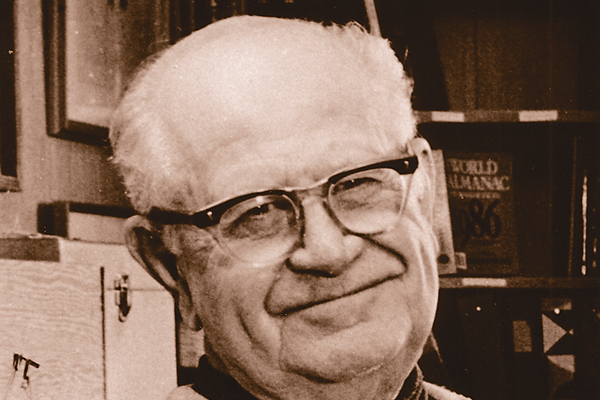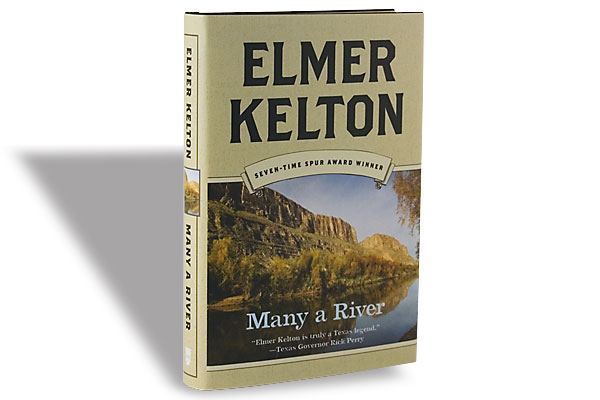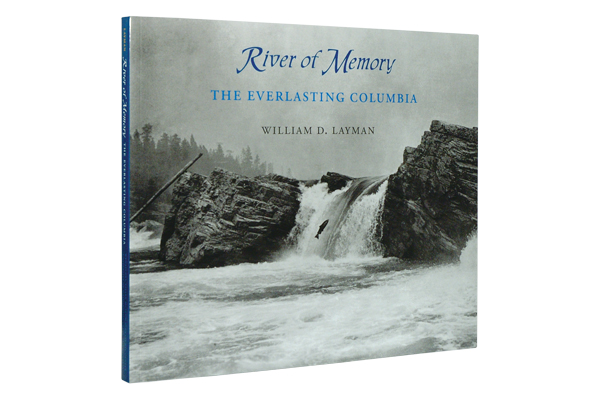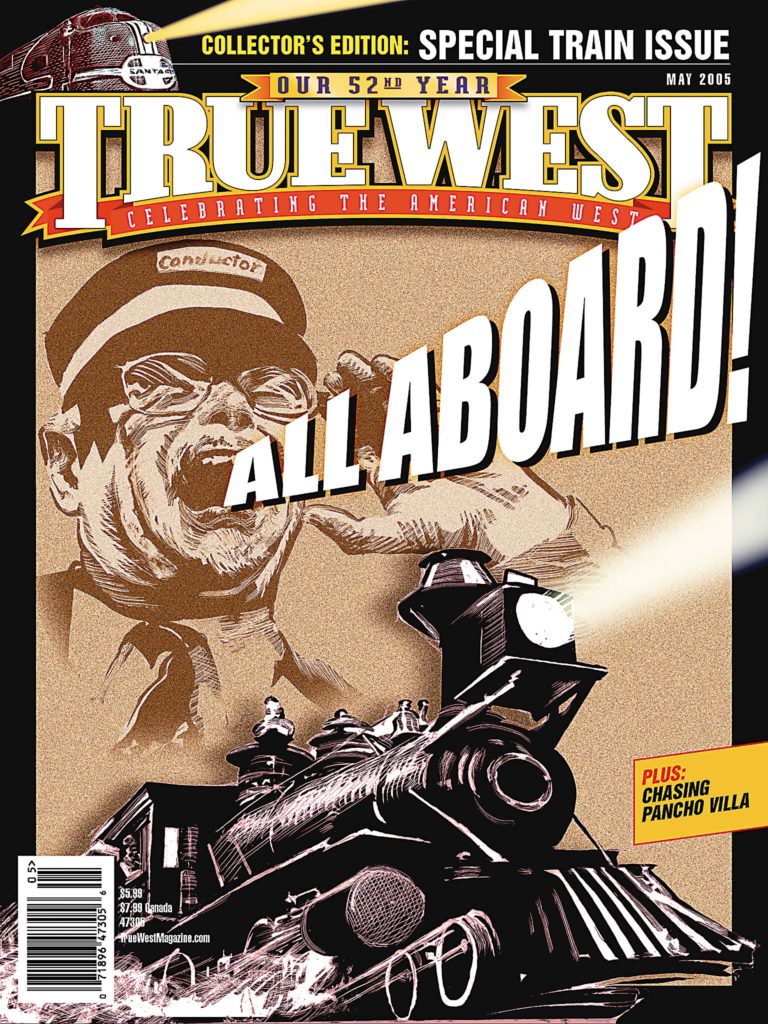 As a young man, Bill Gulick thought his future was on the baseball diamond.
As a young man, Bill Gulick thought his future was on the baseball diamond.
He was battling his way up through the semi-pro leagues, when at age 21, he was struck with polio. The disease led doctors to immobilize his right arm. His arm muscles atrophied, their function never returned and his future as a ball player was over.
For every ending there is a new beginning, and Bill Gulick eventually entered the University of Oklahoma’s professional writing program where his mentors were Dr. Walter S. Campbell (a.k.a. Stanley Vestal) and W. Foster-Harris. “I thought I’d try it six months,” Bill recalls. By the time he finished the course, he was selling stories to pulp magazines and on his way to becoming a professional writer like his two teachers.
Bill broke into writing for The Saturday Evening Post with a story about the Oregon Trail, a favorite backdrop for his work. Later, he combined that interest with information about women’s suffrage in the West to write one of his best known novels, The Hallelujah Trail. It came about when he read of a wagon train with 80 wagons loaded with whiskey and champagne. The historical tidbit piqued his interest, and he began to wonder what would have happened to those people.
The fiction writer’s mind went to work. First, he wrote a short story about the incident and then after 59 days at the typewriter, he completed the novel that involved such characters as a wagon master, temperance workers, Indians and militia. Soon, the book sold to Hollywood and became the classic movie of the same name. Eventually two more of his works were made into movies: Bend of the River, starring Jimmy Stewart, and The Road to Denver, produced by Herbert Yates of Republic Studios.
After college, Bill spent nine months during 1943-44 in Greenwich Village and then married his sweetheart Jeanne Abbott as he began writing for Liberty, Colliers, Esquire and The Saturday Evening Post. Bill and Jeanne’s introduction and intense attachment to the Northwest came as the result of his first successful book, Bend of the Snake, set during steamboat and gold-mining days on the Columbia and Snake Rivers. Soon after he wrote the book, the Gulicks moved to Walla Walla, Washington, where Bill still lives; Jeanne died in 2001.
To date, Bill has 35 books to his credit; 28 of them novels. He considers his best work to be Northwest Destiny, a three-volume trilogy of white and Nez Perce characters from the period of Lewis and Clark to the Nez Perce War of 1877. But the nonfiction history Snake River Country is one of Bill’s most enduring books. Currently, he is working with Caxton Press on the publication of his autobiography, Sixty-Four Years as a Writer.
Now in his 80s, Bill also continues to write fiction and is working on The Dam Builders, book four in his Roll On, Columbia historical novel series.
“Because I was personally involved with the process—the preservation of the Snake in Hell’s Canyon as a wild river, saving the environment and the treaty fishing rights of regional Indians, I put myself into the book as a fictional character,” Bill says.
He became a sort of roving reporter for newspapers and magazines, noting it was “a role I did play and still do as I work with the Indians on a re-enactment of their 1855 treaty negotiations with the federal government, which were held in the Walla Walla Valley in 1855, and eventually got them a settlement of $25 million for loss of their fishing sites behind the backwaters of the dams.”
Bill humorously compares the choice between fiction and nonfiction to the choices that faced Oregon Trail travelers … to follow the Barlow Trail over the mountains or to ride rafts down the Columbia. “Whichever way you go, you wish you’d gone the other way.”
And he likens his routine to that of the Oregon Trail travelers, too. Each morning—except Sundays—he heads to his typewriter. He says a writer has to keep moving, “If you stop, you’ll never make up the lost day. If you double your pace, you’ll kill your oxen.”






